#amanita persicina
Text


Peach amanita [amanita persicina]
#fungi#fungus#mushroom#mushrooms#nature#wild mushrooms#mycology#wild fungi#foraging#peach amanita#amanita persicina#amanita mushroom#amanita#peach coloured fly agaric#fly agaric
158 notes
·
View notes
Text
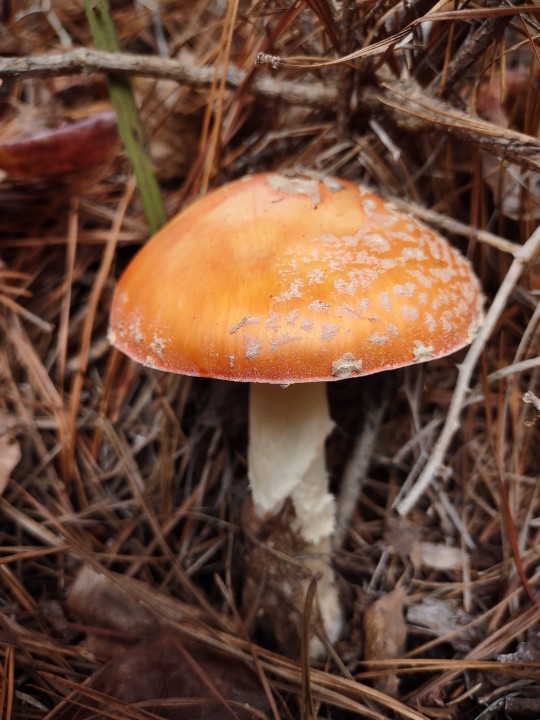
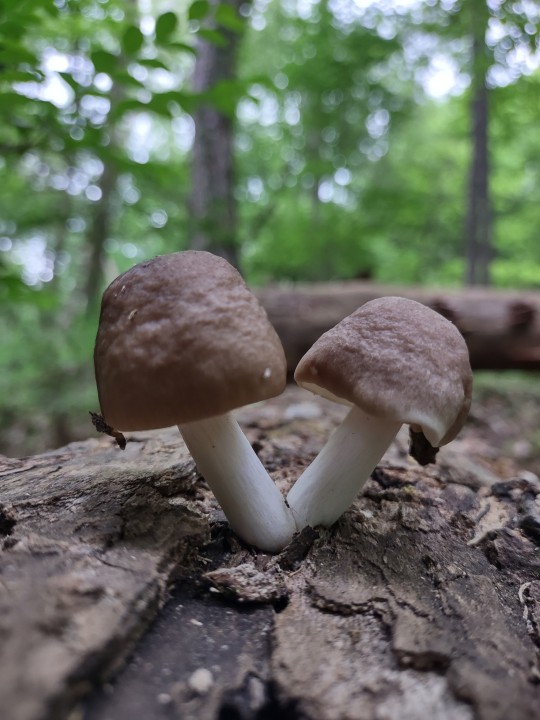


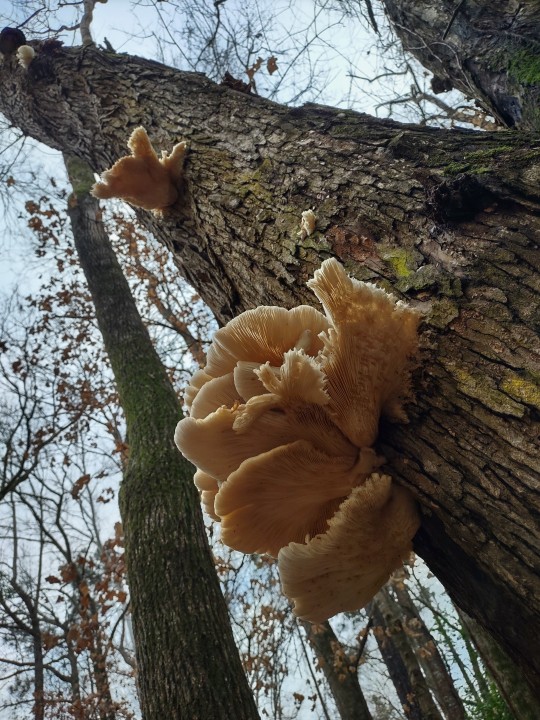
#mushroom season baybeeeeee#also these photos have a range of august 2023 to a couple days ago whoops#i dont know what these guys are either exceot for the first one#inaturalist says that bad boy is Amanita persicina#stalactite's stuff#adventures with stalactite#mushrooms#naturecore#fairycore#faecore#goblincore#adventurecore#dirtcore#forestcore#fungi#fungus#mycology#toadstool
23 notes
·
View notes
Text

Someone on a discord server was talking about redesigning Princess Peach with more a peachier palette, and how theres a variety of toadstool, Amanita Persicina, commonly called Peach-colored Fly Agaric....and it just made so much sense and inspired me and i drew this pretty quickly!
Also the hair is covering the eyes because in this person's original idea, Peach has little beady eyes just like regular Toads. and i like that. :P
#cute art#cute girl#character design#princess peach#peach toadstool#fashion drawing#artists on tumblr#artbykehteh#digital drawing#digital art#mushroom fashion#fanart
35 notes
·
View notes
Photo



Peach colored fly agaric, Amanita persicina, George Mitchell nature preserve, the Woodlands, Texas, Montgomery County, USA
photograph by Paxon Kale CC
30 notes
·
View notes
Text
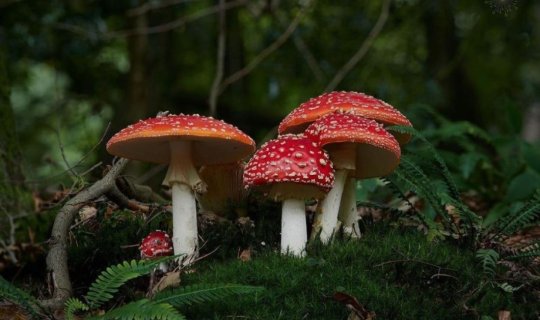
Amanita muscaria, commonly known as the fly agaric or fly amanita, is a basidiomycete of the genus Amanita. Native throughout the temperate and boreal regions of the Northern Hemisphere, Amanita muscaria has been unintentionally introduced to many countries in the Southern Hemisphere, generally as a symbiont with pine and birch plantations, and is now a true cosmopolitan species. It associates with various deciduous and coniferous trees.
Arguably the most iconic toadstool species, the fly agaric is a large white-gilled, white-spotted, usually red mushroom, and is one of the most recognizable and widely encountered in popular culture, including in video games—for example, the extensive use of a recognizable Amanita muscaria in the Mario franchise and its Super Mushroom power-up—and television—for example, the houses in The Smurfs franchise.
Despite its easily distinguishable features, Amanita muscaria is a fungus with several known variations, or subspecies. These subspecies are slightly different, some having yellow or white caps, but they are all usually called fly agarics, and they are most of the time recognizable by their notable white spots. Recent DNA fungi research, however, has shown that some of these variations are not the same species at all, such as the peach-colored fly agaric (Amanita persicina) for example, but the name 'fly agaric' is still commonly used.
Although poisonous, death due to poisoning from A. muscaria ingestion is quite rare. Parboiling twice with water draining weakens its toxicity and breaks down the mushroom's psychoactive substances; it is eaten in parts of Europe, Asia, and North America. All Amanita muscaria varieties, but in particular A. muscaria var. muscaria, are noted for their hallucinogenic properties, with the main psychoactive constituents being muscimol and its neurotoxic precursor ibotenic acid. A local variety of the mushroom was used as an intoxicant and entheogen by the indigenous peoples of Siberia.
More on:Wikipedia
#mushrooms#amanita muscaria#fly agaric#iconic mushroom#fungus#nature#autumn#fall#Northern Hemisphere#poisonous#psychoactive substances#Parboiling twice with water draining#red mushrooms
2 notes
·
View notes
Text
hello gamers. and mushroom lovers.
I'll go ahead and start this blog with what is probably the most well known video game mushroom, the Super Mushroom from Mario Bros!

(Screenshot from Super Mario World on the SNES)
The real-life counterpart for this mushrooms (as well as for almost any red and white mushroom) is Amanita Muscaria, also known as the Fly Agaric.

(Photo credit: JJ Harrison on Wikipedia Commons)
This mushroom is one of the most well known mushrooms ever. It grows in the wild on every continent except for Antarctica. Its fruiting bodies start to appear in autumn or early winter, depending on local climates. It can be identified by its rounded red cap with irregularly-shaped white spots. Although its appearance is fairly unique, it is important to keep in mind that the Amanita genus contains several species which look similar to A. muscaria, such as A. parcivolvata, A. persicina, and A. rubrovolvata.
Unlike its depiction in the Mario franchise, these Amanitas should usually not be consumed, as they are known to be very toxic. There are techniques to make them more edible, however these are not very commonly used. In addition to its toxicity, these mushrooms are also psychoactive, and are sometimes used for recreational/spiritual purposes. It should be noted that the effects of Amanita Muscaria differ from that of psilocybin-containing "magic mushrooms," although they are sometimes marketed as a legal alternative.
Although not commonly eaten, this mushroom still has a wide variety of other uses. Amanitas have long been associated with folklore and mystical settings, and as such depictions of them are widespread in decor with fantastical design elements. In some regions, the mushrooms are traditionally used to create fly traps. This use is the origin of the name "Fly Agaric"
With its distinct appearance and wide range, this mushroom is well-liked among most, and rightfully so. Its unique properties make it a stand-out specimen of a 'shroom! While it won't make you grow any larger, learning about it can certainly grow your appreciation for the wonderful world of mycology. If you've made it to the end of this post and want more, consider following me here, as I hope to be making more of these posts in the near future.
0 notes
Photo

"Amis" (Arguably the most iconic toadstool species, the fly agaric is a large white-gilled, white-spotted, usually red mushroom, and is one of the most recognizable and widely encountered in popular culture. This includes video game design, such as the extensive use of a recognizable Amanita muscaria in the Mario franchise and its Super Mushroom power up.[6] Despite its easily distinguishable features, Amanita muscaria is a fungus with several known variations, or subspecies. These subspecies are slightly different, some having yellow or white caps, but they are all usually called fly agarics, and they are most of the time recognizable by their notable white spots. Recent DNA fungi research, however, has shown that some of these variations are not the same species at all, such as the peach-colored fly agaric (Amanita persicina) for example, but the common name 'fly agaric' clings on. Although poisonous, death due to poisoning from A. muscaria ingestion is quite rare. Parboiling twice with water draining weakens its toxicity and breaks down the mushroom's psychoactive substances; it is eaten in parts of Europe, Asia, and North America. All Amanita muscaria varieties, but in particular A. muscaria var. muscaria, are noted for their hallucinogenic properties, with the main psychoactive constituents being the neurotoxins ibotenic acid and muscimol. A local variety of the mushroom was used as an intoxicant and entheogen by the indigenous peoples of Siberia and by the Sámi, and has a religious significance in these cultures. There has been much speculation on possible traditional use of this mushroom as an intoxicant in other places such as the Middle East, Eurasia, North America, and Scandinavia.) https://en.m.wikipedia.org/wiki/Amanita_muscaria https://www.instagram.com/p/CekS3MIp6Hy/?igshid=NGJjMDIxMWI=
0 notes
Text


Maysia 2021 Prompt 21: Folktales 🍄
Some mushroom witches from the same world as what I posted for the fantasy prompt. The idea is that different mushroom “clans” are tasked with maintaining fairy rings around the world. These ones are mostly based off the Amanita genus
More info about them individually and sketches of under the cut.
Amanita Persicina - the model older sister, and talented witch; next in line as guardian of the forest, after Grandma.

Amanita Flavivolvata (“Flav”) - the younger sister, still in the early stages of training, and trying to figure herself out

Amanita Alba (sketch only) - guardian of the forest, and grandmother to the aforementioned girls.

#maysia#maysia 2021#aapi month#mushrooms#mushroom#character design#digital art#digital painting#paper by wetransfer#amanita#fantasy#folklore#folk tales#magic#world building#sketch#sketches#digital sketch#lore#folktales#myart
30 notes
·
View notes
Text
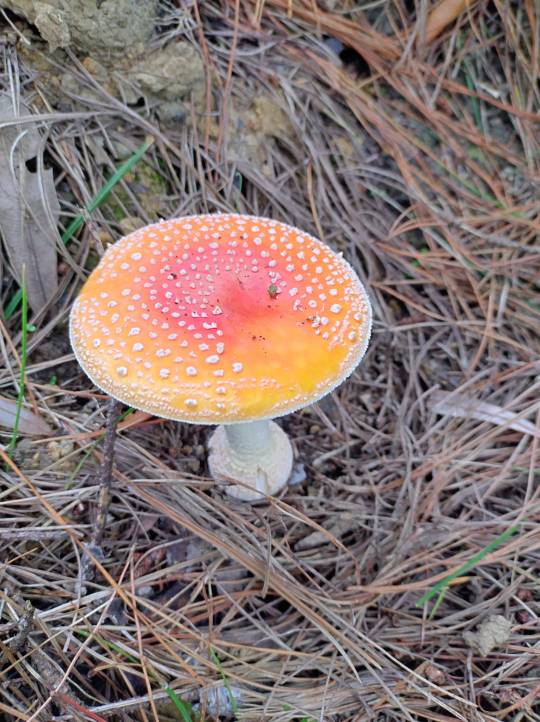

Peach amanita [amanita persicina]
#mushrooms#mushroom#wild mushrooms#wild fungi#fungi#fungus#amanita#amanita persicina#peach amanita#fly agaric#peach-coloured fly agaric#nature#mycology#amanita muscaria#amanita mushroom
58 notes
·
View notes
Text

Peach amanita [amanita persicina]
#fungi#fungus#mushroom#mushrooms#nature#wild mushrooms#mycology#wild fungi#foraging#peach amanita#amanita persicina#amanita mushroom#amanita
18 notes
·
View notes
Text

Peach amanita [amanita persicina]
#fungi#fungus#mushroom#mushrooms#nature#wild mushrooms#mycology#wild fungi#foraging#peach amanita#amanita persicina#amanita mushroom#amanita#peach coloured fly agaric#fly agaric
12 notes
·
View notes
Text

Peach amanita [amanita persicina]
#fungi#fungus#mushroom#mushrooms#nature#wild mushrooms#mycology#wild fungi#foraging#peach amanita#amanita persicina#amanita mushroom#amanita#peach coloured fly agaric#fly agaric
10 notes
·
View notes
Text

Peach amanita [amanita persicina]
#fungi#fungus#mushroom#mushrooms#nature#wild mushrooms#mycology#wild fungi#foraging#peach amanita#amanita persicina#amanita mushroom#amanita#peach coloured fly agaric#fly agaric
18 notes
·
View notes
Text

Peach amanita [amanita persicina]
#fungi#fungus#mushroom#mushrooms#nature#wild mushrooms#mycology#wild fungi#foraging#peach amanita#amanita persicina#amanita mushroom#amanita#peach coloured fly agaric#fly agaric
8 notes
·
View notes
Text

Peach amanita [Amanita persicina]
#fungi#fungus#mushroom#mushrooms#nature#wild mushrooms#mycology#wild fungi#foraging#peach amanita#amanita persicina#amanita mushroom#amanita
9 notes
·
View notes
Text


Peach amanita [amanita persicina]
#mushroom#wild mushrooms#mushrooms#fungi#fungus#foraging#wild fungi#nature#amanita#mycology#sunset#sunset colors
119 notes
·
View notes